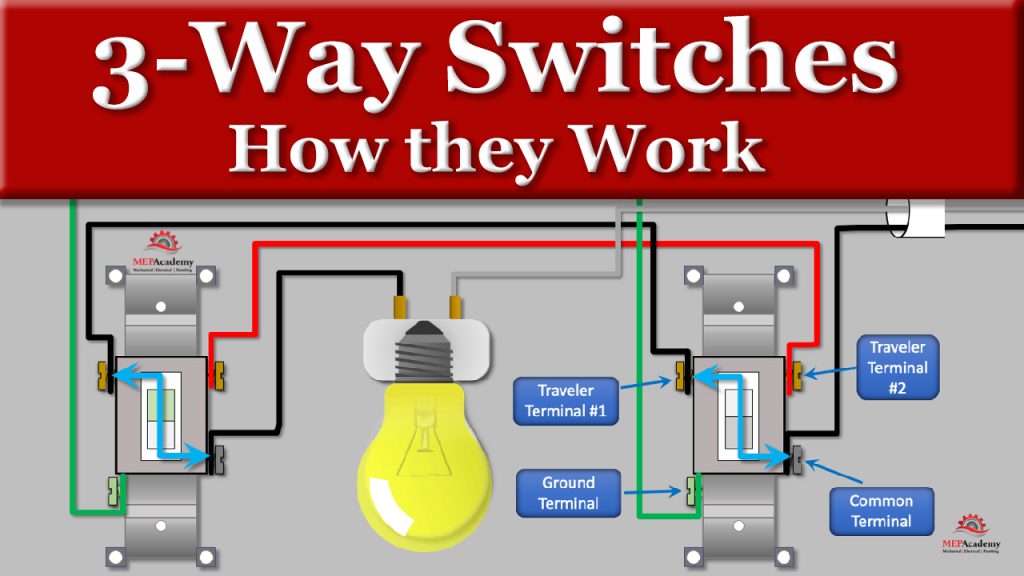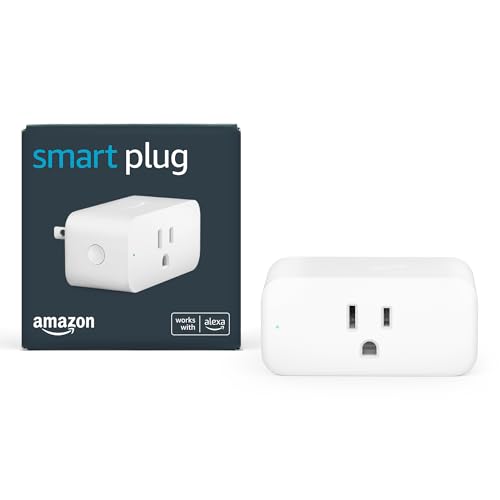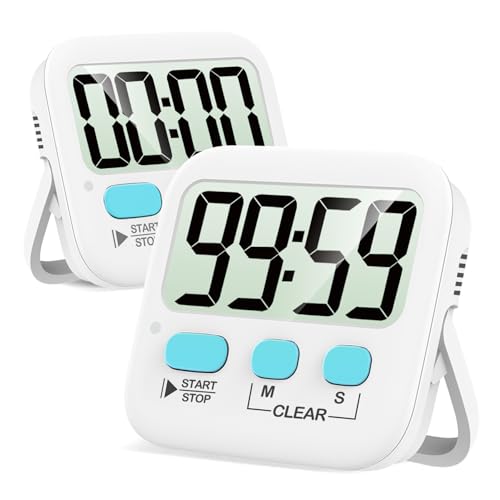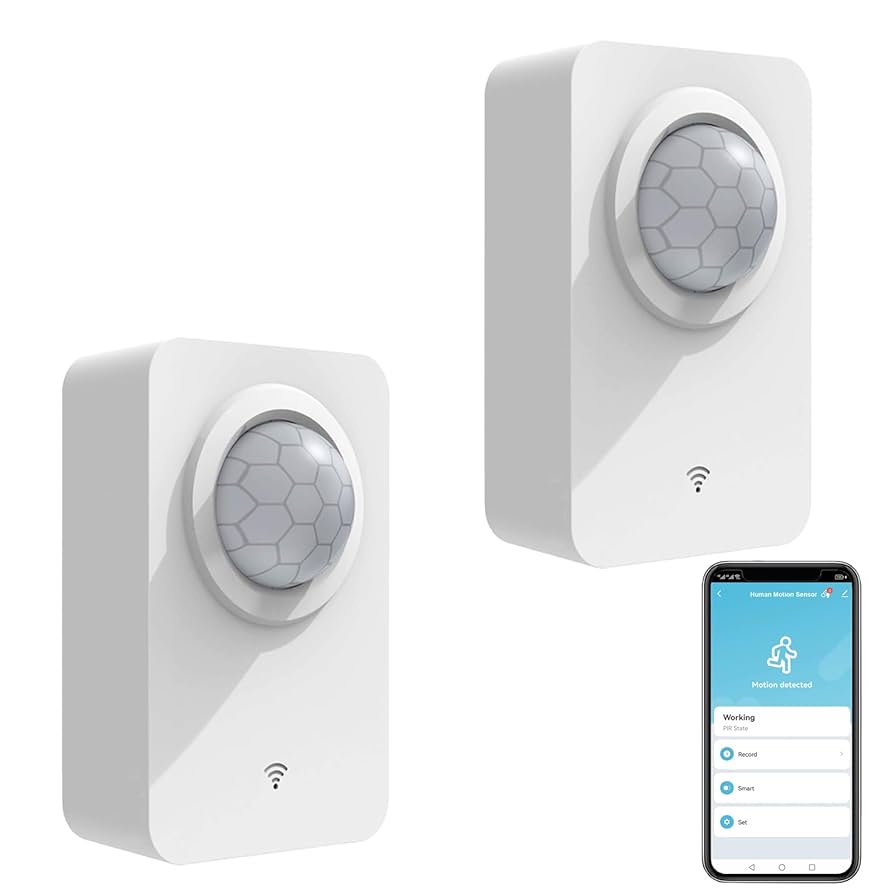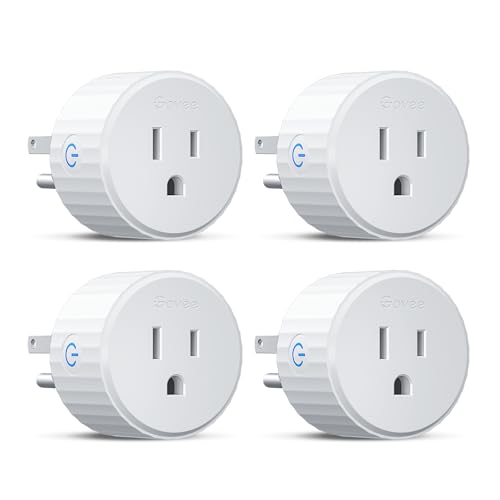Imagine coming home to perfectly lit rooms without lifting a finger. Automating your lights schedule smartly not only saves you time but also boosts your comfort and security.
You’ll wonder how you ever managed without it. You’ll discover simple ways to set up smart lighting that fits your lifestyle and makes your home more efficient. Ready to transform your daily routine? Let’s dive in.
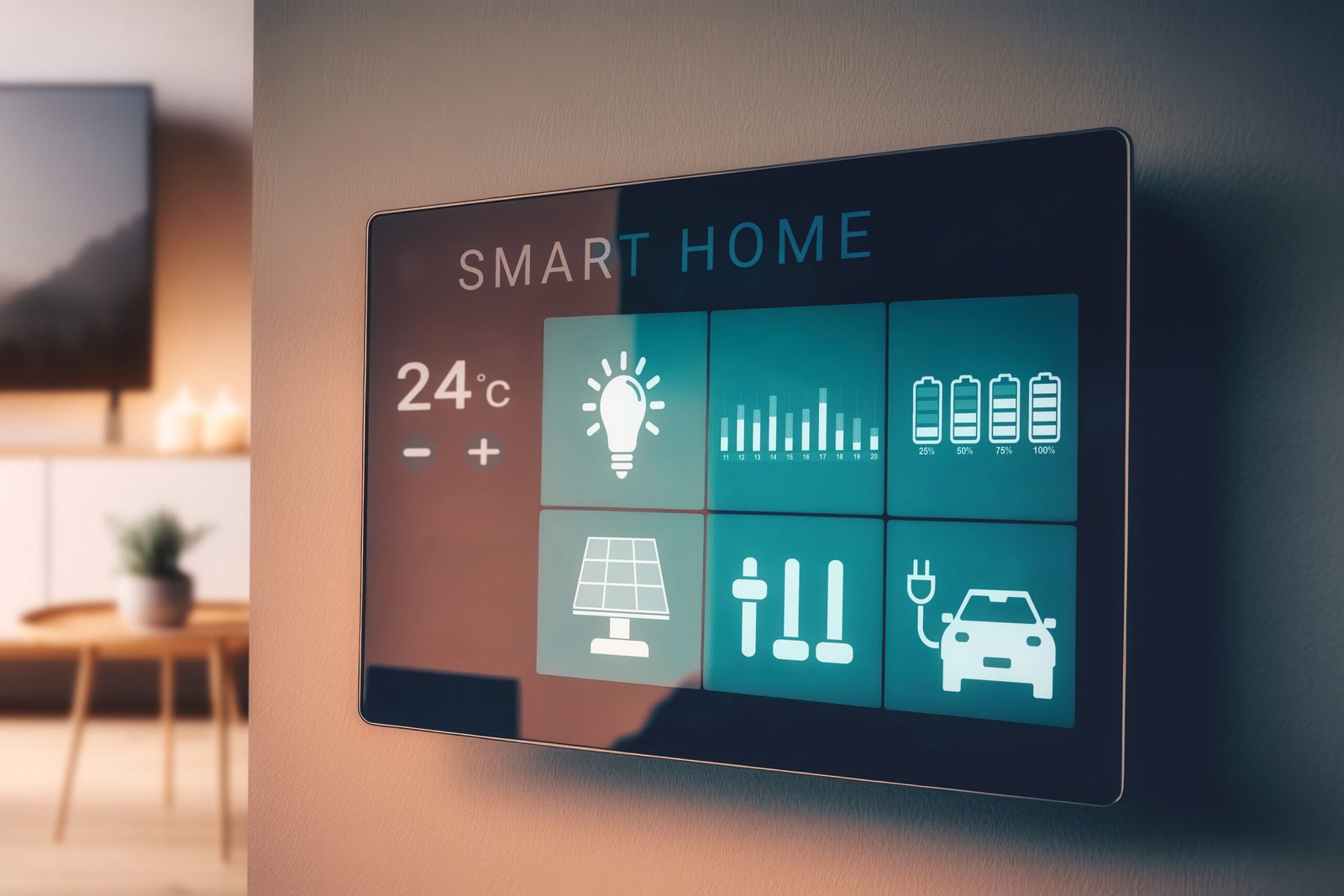
Credit: missionav.ca
Benefits Of Smart Light Automation
Smart light automation lets you control your lights automatically. It uses schedules and sensors to turn lights on or off.
This technology helps save energy, makes life easier, and improves home safety.
Energy Savings
Smart lighting reduces electricity use by turning lights off when not needed. It adjusts brightness based on natural light.
You pay less on your energy bills and help the environment by saving power.
- Automatically turns off lights in empty rooms
- Uses dimming to lower energy use
- Schedules lights to match daily routines
Enhanced Convenience
Smart lights can be controlled with apps or voice commands. You do not need to use switches all the time.
You can set schedules for your lights to turn on or off even when you are away from home.
- Control lights from your phone
- Use voice assistants like Alexa or Google
- Set timers for different times of the day
Improved Home Security
Smart lights can make your home look occupied when you are not there. This helps stop burglars.
You can schedule lights to turn on at night or when motion is detected around your house.
- Lights turn on automatically at dusk
- Motion sensors trigger lights for safety
- Random lighting schedules to mimic presence
Choosing The Right Smart Lighting System
Automating your lights schedule can save energy and add comfort. Picking the right smart lighting system is key to a smooth experience.
Consider how the system works with your devices and what features it offers. This helps you find a system that fits your needs.
Compatibility With Devices
Choose a smart lighting system that works with your current devices. Check if it supports your smartphone and smart home hubs.
Some systems connect via Wi-Fi, others use Zigbee or Z-Wave. Make sure your home network supports the system you pick.
- Works with Android and iOS phones
- Compatible with smart hubs like Amazon Echo or Google Home
- Supports common wireless protocols: Wi-Fi, Zigbee, Z-Wave
Types Of Smart Bulbs
Smart bulbs come in many types. Pick bulbs that fit your light fixtures and offer the features you want.
Some bulbs can change colors, others only adjust brightness. Some offer energy-saving modes or long lifespans.
- White bulbs for simple on/off and dimming
- Color bulbs that can change colors and moods
- Filament bulbs that look like classic lights but are smart
- Smart LED bulbs that use less energy
App And Voice Control Options
Most smart lighting systems come with an app for control. The app lets you set schedules and adjust lights remotely.
Many systems also support voice control. This lets you turn lights on or off using voice commands.
- Apps offer easy setup and scheduling
- Voice control works with assistants like Alexa or Google Assistant
- Some systems allow control from multiple users
Setting Up A Lights Schedule
Automating your lights saves energy and adds convenience. A lights schedule turns lights on and off automatically.
Setting up a schedule lets you control lighting without manual effort. You can tailor it to your needs easily.
Basic Scheduling Techniques
Set specific times for lights to turn on and off. This works well for daily routines and security.
You can create separate schedules for weekdays and weekends. Adjust times to match your lifestyle.
- Choose on/off times for each day
- Set different schedules for weekdays and weekends
- Use timers to avoid leaving lights on too long
Using Geofencing For Automation
Geofencing uses your phone’s location to control lights. Lights can turn on when you arrive home.
This method saves energy by turning lights off when you leave. It also adds safety by lighting your path.
- Set a virtual boundary around your home
- Lights turn on when you enter the area
- Lights turn off after you leave the area
Adapting Schedules To Daily Routines
Adjust your lights schedule as your daily habits change. This keeps automation useful and relevant.
Use smart apps to modify schedules quickly. You can set different times for workdays, weekends, or special events.
- Review your schedule regularly
- Change on/off times as needed
- Use app reminders to update schedules
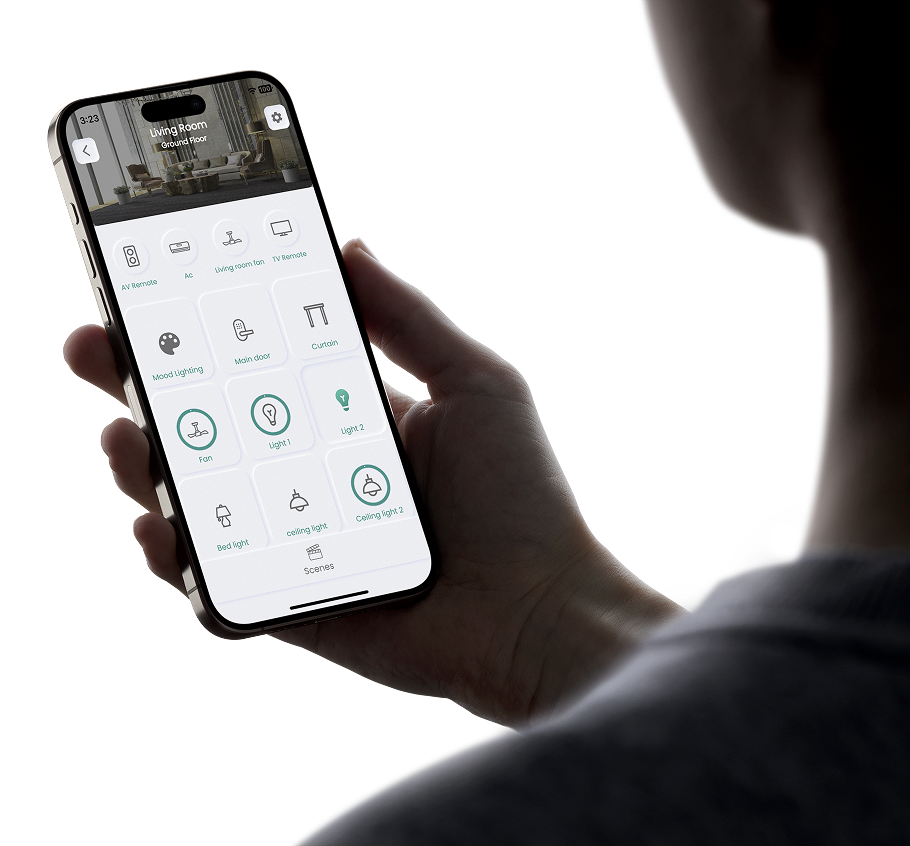
Credit: smartnode.in
Integrating Sensors And Triggers
Automating your lights saves energy and adds convenience. Sensors and triggers help control lights smartly.
These devices detect changes and tell your system when to turn lights on or off. They make your home smarter.
Motion Sensors
Motion sensors detect movement in a room or area. They switch lights on when you enter and off when you leave.
These sensors help save power by lighting only when needed. They are useful in hallways, bathrooms, and garages.
- Detects body heat or movement
- Triggers lights instantly
- Can adjust sensitivity
- Works well in busy places
Ambient Light Sensors
Ambient light sensors measure how bright a room is. They adjust your lights based on natural light levels.
These sensors keep lights off when there is enough daylight. They turn lights on as it gets darker outside.
- Measures natural light intensity
- Reduces electricity use
- Works best near windows
- Improves comfort with soft lighting
Custom Automation Rules
Custom rules let you set how and when lights react to sensors or times. You decide what triggers the lights.
You can create rules like turning on lights only after sunset or when motion lasts longer than a minute.
- Set specific triggers and actions
- Combine multiple sensors for control
- Adjust timing and sensitivity
- Match lighting to your daily routine
Advanced Automation Strategies
Automating your lights can save time and energy. Smart schedules help control lighting without manual effort.
Using advanced automation strategies makes your smart lighting more efficient and responsive.
Scene Creation And Management
Scenes let you set multiple lights to work together. You can create moods or adjust lights for activities.
Manage scenes by grouping lights and saving settings. This saves time for future use.
- Set brightness and color for each light
- Activate scenes with a single tap or voice
- Schedule scenes to run at specific times
Using Ifttt And Smart Home Hubs
IFTTT connects your lights to other smart devices and apps. It triggers lights based on events.
Smart home hubs control different brands in one place. They simplify automation and help create complex schedules.
- Link lights to sensors or weather apps
- Create triggers like turning lights on at sunset
- Use hubs to sync lights with alarms or cameras
Energy Monitoring And Adjustments
Monitoring energy use helps reduce costs. Smart lights report how much power they consume.
Adjust lighting based on energy data. Lower brightness or turn off lights when not needed.
- Track daily and monthly energy use
- Set alerts for high energy consumption
- Automate dimming during peak hours
Troubleshooting Common Issues
Automating your lights schedule makes life easier. Sometimes, problems can stop your lights from working right.
Knowing how to fix common issues helps keep your smart lights running smoothly. This guide covers common problems and simple solutions.
Connectivity Problems
Smart lights need a strong connection to work. If lights do not respond, connection issues might be the cause.
Check your Wi-Fi or smart hub. Weak signals or network changes can cause lights to disconnect.
- Move your router closer to the lights or hub
- Restart your Wi-Fi router and smart hub
- Check if other devices use the same network
- Make sure the smart lights are within range
Scheduling Conflicts
Conflicts in schedules can stop lights from turning on or off as planned. Overlapping or wrong time settings cause issues.
Review your schedule settings carefully. Look for times that overlap or times set in the wrong time zone.
- Check if daylight saving time is set correctly
- Remove overlapping schedules that control the same lights
- Adjust schedules to fit your daily routine
- Use app features to preview or test schedules
Firmware Updates And Maintenance
Firmware keeps your smart lights working well. Old firmware can cause bugs or stop features from working.
Regularly update the firmware using the manufacturer’s app. Check for updates and install them as soon as they are available.
- Turn on automatic updates if the app allows it
- Restart lights after updates to apply changes
- Keep the app updated for best compatibility
- Contact support if updates fail or cause new problems
Future Trends In Smart Lighting
Smart lighting is changing how we control lights at home and work. New technology makes lights smarter and easier to use.
Future trends will bring new ways to save energy and improve comfort with smart lighting systems.
Ai-powered Automation
Artificial intelligence helps lights learn your habits. Lights can turn on or off based on your daily routine.
AI can adjust light brightness and color for different times of the day. This makes rooms more comfortable and energy efficient.
- Lights adapt to your schedule automatically
- Brightness changes with natural light levels
- Color temperature shifts to match time of day
Integration With Renewable Energy
Smart lights will connect with solar and wind energy systems. This helps use clean energy to power lighting.
Lights can adjust usage when renewable energy is strong. This reduces electricity from non-renewable sources.
- Lights work with solar panels and batteries
- Energy use matches renewable energy availability
- Helps lower carbon footprint of homes and offices
Enhanced Personalization Features
Smart lighting will offer more ways to customize settings. Users can choose light colors and patterns easily.
Personalization can include mood settings and activity modes. Lights can change for reading, relaxing, or working.
- Preset scenes for different activities
- Control lights with voice or apps
- Adjust lights based on user preferences

Credit: www.atss.in
Frequently Asked Questions
What Are The Benefits Of Automating Lights Schedule Smart?
Automating light schedules saves energy, reduces electricity bills, and enhances home security. It offers convenience by controlling lights remotely and adjusts lighting based on your lifestyle automatically.
How Do Smart Light Schedules Improve Energy Efficiency?
Smart schedules turn lights off when not needed and adjust brightness based on natural light. This reduces wasted energy and lowers your carbon footprint effectively.
Can I Control Smart Lighting Schedules Remotely?
Yes, most smart lighting systems allow remote control via apps. You can turn lights on or off and adjust schedules from anywhere using your smartphone.
Are Smart Light Schedules Compatible With Voice Assistants?
Yes, smart light schedules often integrate with voice assistants like Alexa and Google Assistant. This enables hands-free control and easy schedule adjustments through voice commands.
Conclusion
Automating your lights schedule offers many benefits. It saves energy and time. Your home becomes more secure with scheduled lighting. You gain control over your environment. Adjusting lights remotely adds convenience to your daily routine. No more worries about forgetting to turn off lights.
Smart lighting adapts to your lifestyle, making life simpler. Technology improves everyday living. Embracing these advancements enhances comfort. Explore smart lighting solutions today. Enjoy a brighter, more efficient home. Your smart home journey begins with automated lighting. Efficient, simple, and smart lighting awaits you.
18 min read


